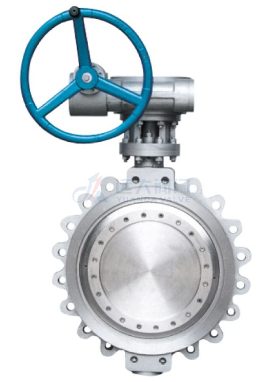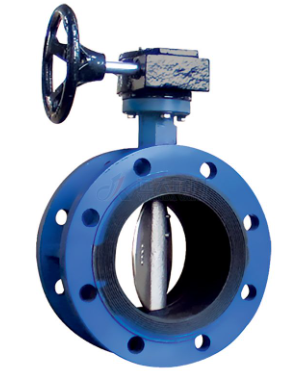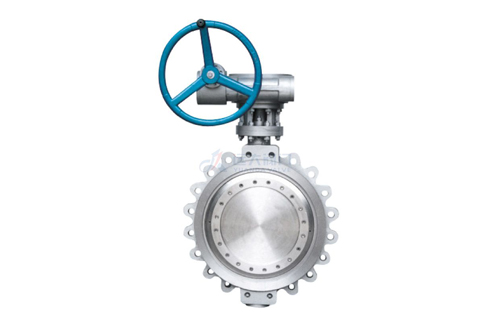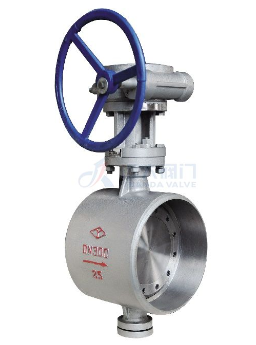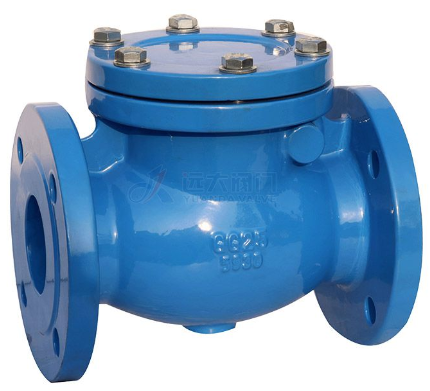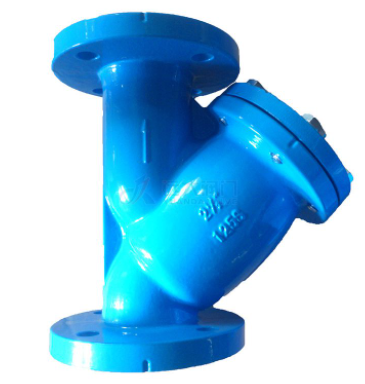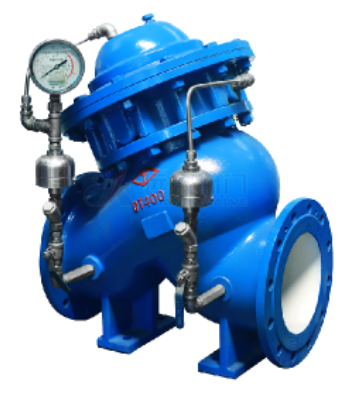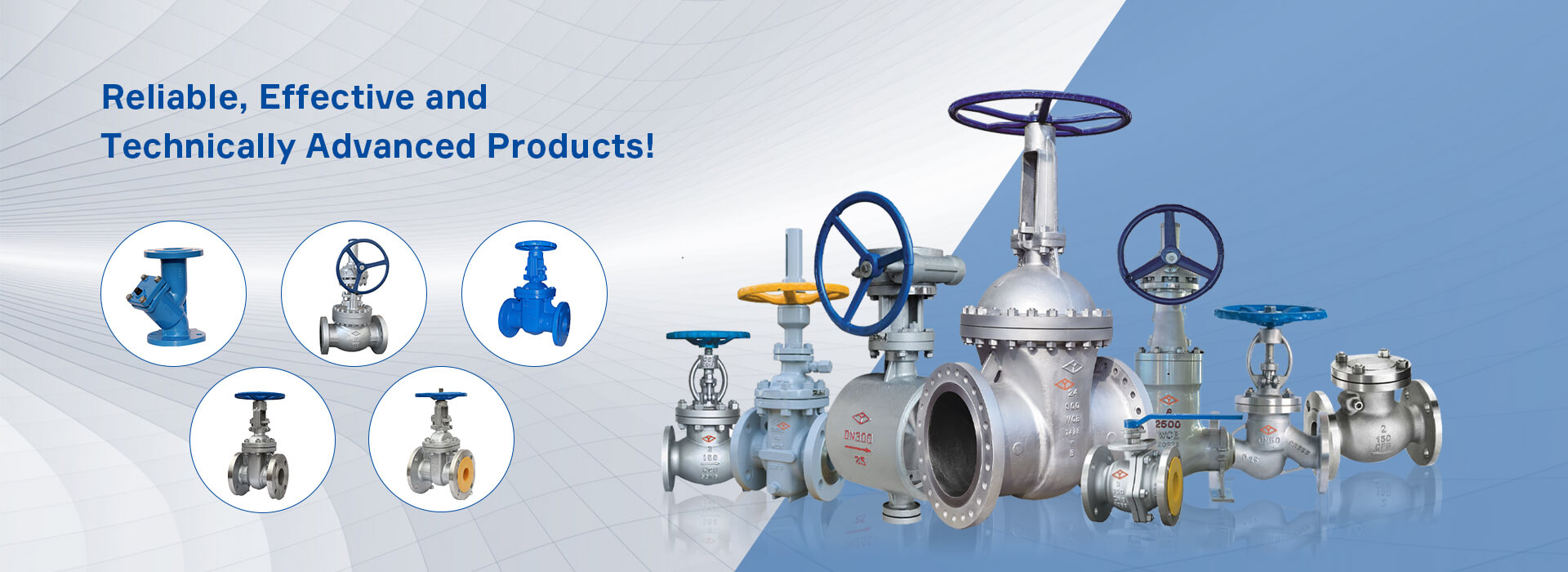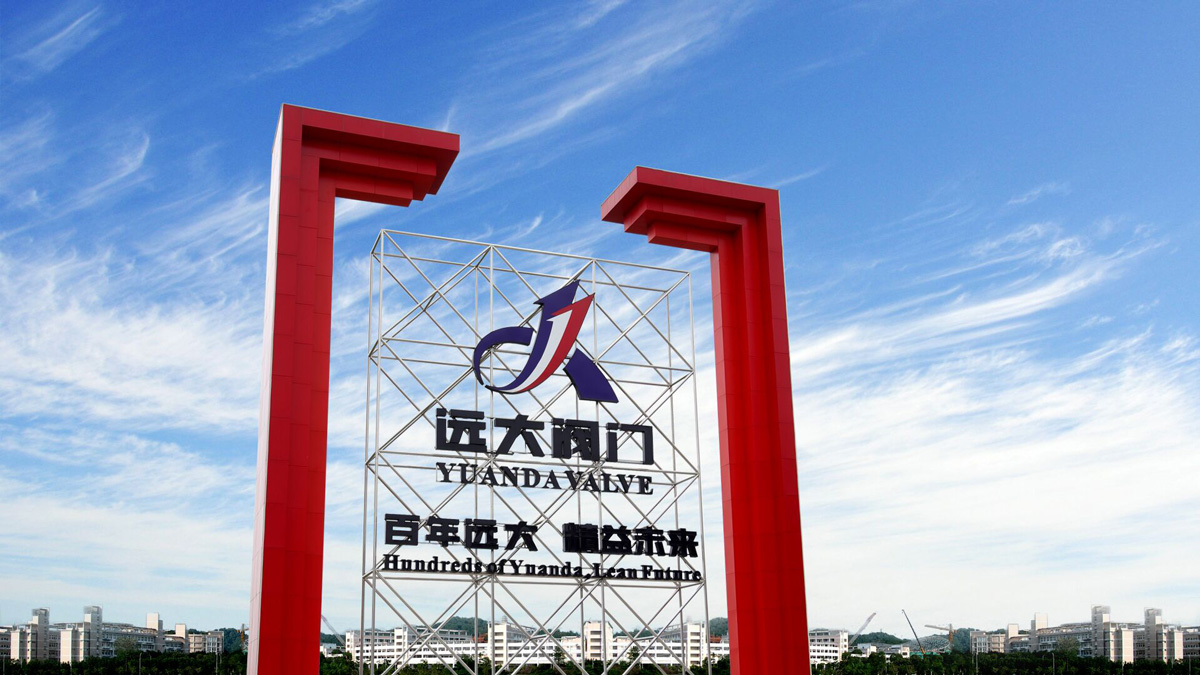At present, the butterfly valve has become the most widely used valve in the application field. Many people are not very familiar with the applicable occasions of butterfly valves. This article will take you to understand working conditions, sealing principle and applicable mediums of butterfly valves, so that you have a better understanding of butterfly valves.
Butterfly Valve Working Conditions
Butterfly valves are mainly used for liquid and gas low-pressure large diameter pipelines. It is suitable for occasions where the pressure loss is not high, flow adjustment is required, and the opening and closing requirements are fast; usually, the temperature is below 300 ℃ and the pressure is below 40 kg (butterfly valves generally use low pressure, like domestic ones. It is rare to achieve CL600). The medium is generally used for water and gas, and the medium is not demanding. The granular medium can also be used.
As a sealed butterfly valve, it brought rapid development after the emergence of synthetic rubber, so it is a new type of shut-off valve. In our country-China until the 1980s, butterfly valves were mainly used for low-pressure valves, and the valve seat was made of synthetic rubber. By the 1990s, due to increased exchanges with foreign countries, hard-seal (metal-seal) butterfly valves developed rapidly. At present, there are many valve factories that can produce medium-pressure metal-sealed butterfly valves stably, which makes the application field of butterfly valves wider.
Cast steel butterfly valve
Butterfly Valve Sealing Principle
1. The sealing principle of a single eccentric sealing butterfly valve
Since the center of rotation of the butterfly plate (that is, the center of the valve shaft) is offset from the centerline of the valve body on the basis of the single eccentric butterfly valve, the sealing surface of the butterfly plate will be faster than the single eccentric sealing butterfly valve during the opening process. When the valve seat is separated from the sealing surface and the butterfly plate rotates to 8°~12°, the butterfly plate sealing surface is completely separated from the seat seal. When fully opened, a larger gap is formed between the two sealing surfaces. The design of this type of butterfly valve greatly The mechanical wear and extrusion deformation between the two sealing surfaces are reduced, and the sealing performance of the butterfly valve is improved.
2. The sealing principle of a double eccentric sealing butterfly valve
Since the centerline of the valve seat and the centerline of the valve body form a β angle offset on the basis of the double eccentric butterfly valve, the sealing surface of the butterfly plate immediately leaves the sealing surface of the valve seat at the moment of opening during the valve opening process. Only at the moment of closing does it contact and compress the seat sealing surface. When fully opened, a gap same as the double eccentric sealing butterfly valve is formed between the two sealing surfaces. The design of this type of butterfly valve completely eliminates the mechanical abrasion and abrasion between the two sealing surfaces, so that the sealing performance and service life of the butterfly valve are improved. Have been greatly improved.
3. The sealing principle of a variable eccentric sealing butterfly valve
The uniqueness of the variable eccentric butterfly valve is that the valve stem shaft where the butterfly plate is installed is a three-segment shaft structure. The three-segment shaft type valve stem has two shaft sections concentric, and the centerline of the central shaft is deviated from the two ends of the axis by a center distance, The butterfly plate is installed on the intermediate shaft section. Such an eccentric structure makes the butterfly plate a double eccentric shape when in the fully open position, and a single eccentric shape when the butterfly plate rotates to the closed position. Due to the effect of the eccentric shaft, when it is close to closing, the butterfly plate moves a distance into the sealing cone surface of the valve seat, and the butterfly plate matches the sealing surface of the valve seat to achieve reliable sealing performance.
Since the rotation center of the butterfly plate (that is, the center of the valve shaft) and the sealing section of the butterfly plate are set eccentrically, the butterfly plate sealing surface gradually separates from the valve seat sealing surface during the opening process of the butterfly valve. When the butterfly plate rotates to 20°~25°, The sealing surface of the butterfly plate is completely separated from the sealing surface of the valve seat. When fully opened, a gap is formed between the two sealing surfaces, so that the relative mechanical wear and extrusion between the two sealing surfaces of the butterfly valve is greatly reduced during the opening and closing process, thereby ensuring sealing of butterfly valves.
Cast iron rubber lined butterfly valve
Butterfly Valve Applicable Mediums
The media that the butterfly valve can transport and control are water, condensate, circulating water, sewage, seawater, air, gas, liquid natural gas, dry powder, mud, fruit pulp, and mixtures with suspended solids.
Butterfly valves are suitable for flow regulation. Since the pressure loss of the butterfly valve in the pipeline is relatively large, about three times that of the gate valve when selecting the butterfly valve, the influence of the pressure loss of the pipeline system should be fully considered, and the strength of the butterfly plate to withstand the pressure of the pipeline medium should also be considered. In addition, it is necessary to consider the limitation of the working temperature of the elastic valve seat material at high temperatures. The structural length and overall height of the butterfly valve are small, the opening and closing speed is fast, and it has good fluid control characteristics. The structural principle of the butterfly valve is most suitable for making large-diameter valves. When the butterfly valve is required to control the flow, the most important thing is to correctly select the size and type of the butterfly valve so that it can work properly and effectively.
1. Generally, in throttling, regulating control and mud medium, the structure length is short and the opening and closing speed is fast (1/4 revolution). Low pressure cut-off (small pressure difference), butterfly valve is recommended.
2. The butterfly valve can be used when two-position adjustment, narrow passage, low noise, cavitation and vaporization phenomenon, a small amount of leakage into the atmosphere, and abrasive media.
3. When the butterfly valve is used under special conditions, such as throttling adjustment, or strict sealing requirements, or severe wear, low temperature (cryogenic) and other operating conditions, it is necessary to use a specially designed metal seal with a triple eccentric or double eccentric adjustment device Special butterfly valve for ground.
4. The centerline butterfly valve is suitable for fresh water, sewage, sea water, salt water, steam, natural gas, food, medicine, and oil that require complete sealing, zero gas test leakage, high life requirements, and working temperature of -10℃~150℃ And various acid and alkali and other pipelines.
5. The soft-sealed eccentric butterfly valve is suitable for two-way opening and closing and adjustment of ventilation and dust removal pipelines. It is widely used in gas pipelines and waterways in metallurgy, light industry, electric power, and petrochemical systems.
6. The metal-to-metal wire sealing double eccentric butterfly valve is suitable for urban heating, gas, water supply and other gas, oil, acid and alkali pipelines, as a regulating and throttling device.
7. In addition to being used as a large-scale pressure swing adsorption (PSA) gas separation device program control valve, the metal-to-metal surface sealing triple eccentric butterfly valve can also be widely used in petroleum, petrochemical, chemical, metallurgical, electric power and other fields. It is a gate valve and a stop valve. A good alternative product.
We are a Butterfly Valve supplier, please feel free to contact us if you need them!
